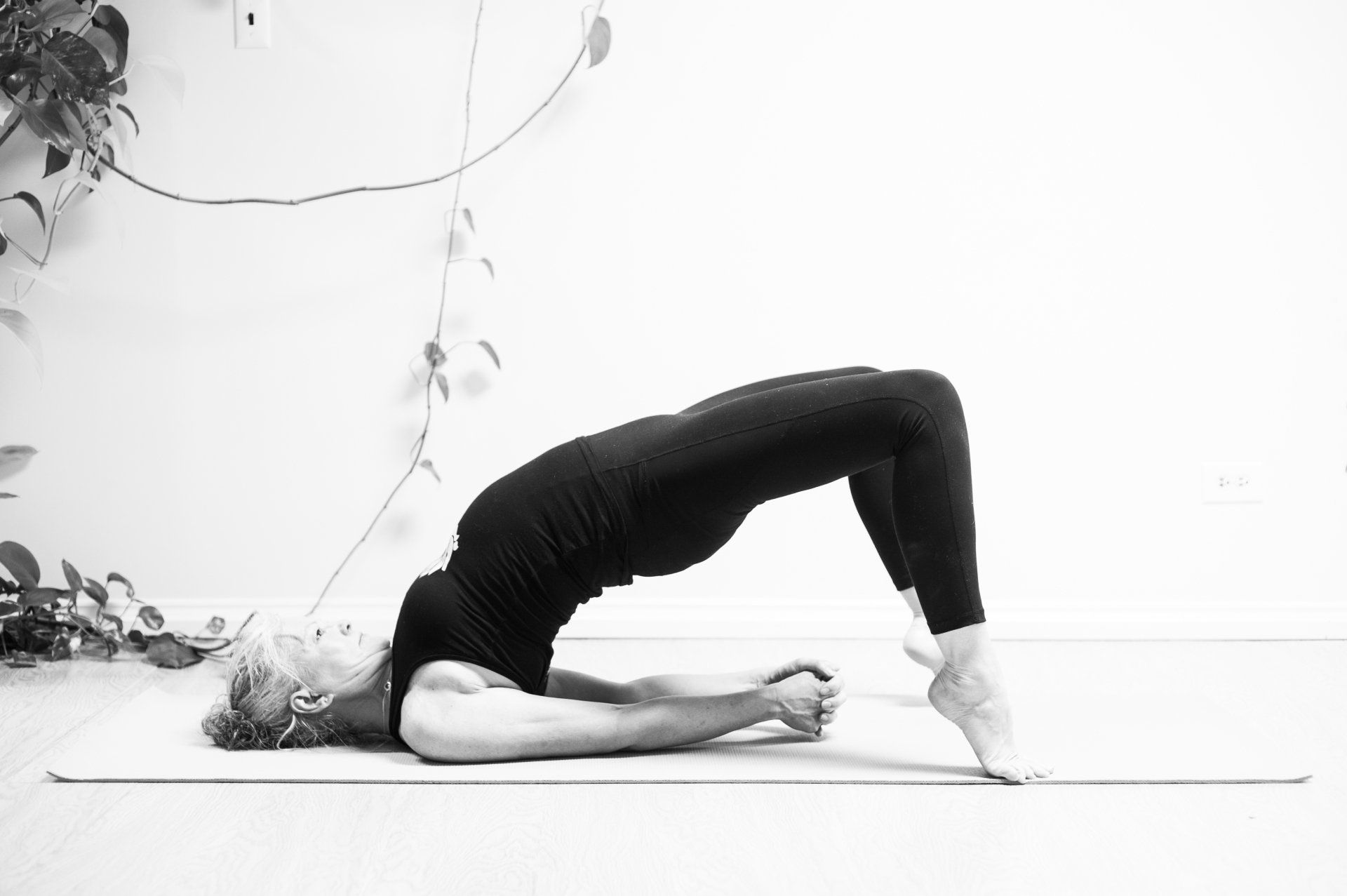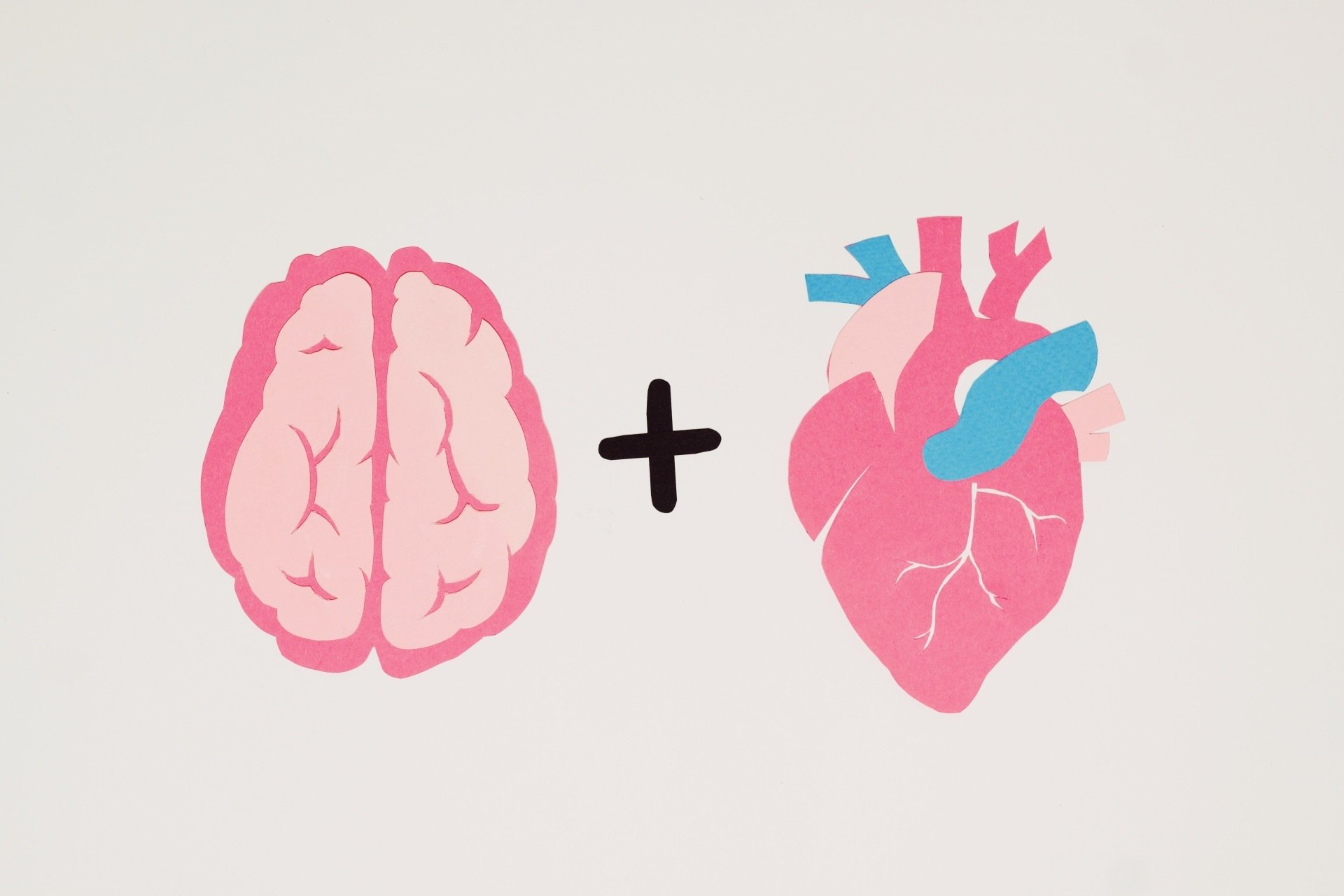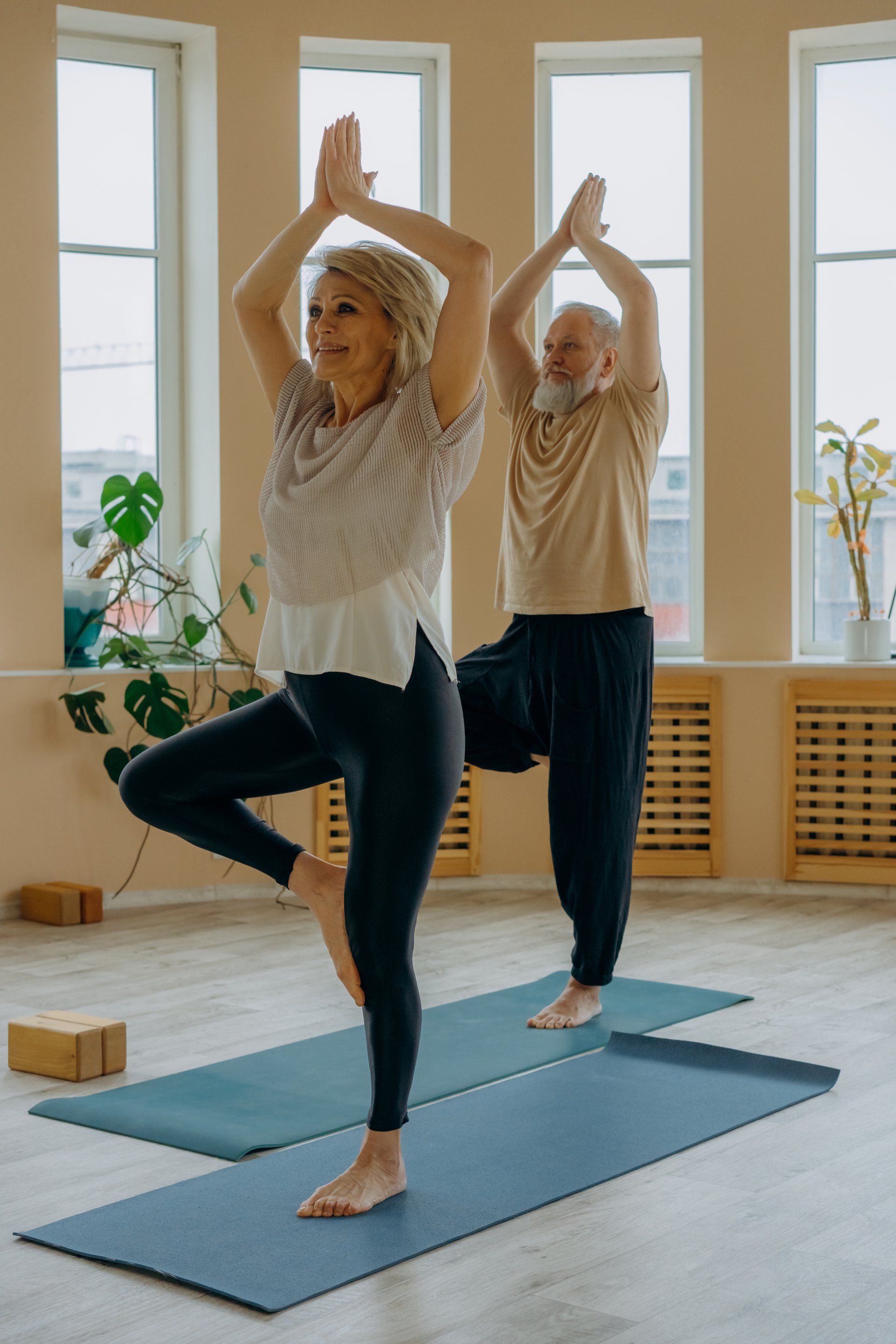The Art of Letting Go - Aparigraha
"To let go does not mean to get rid of. To let go means to let be. When we let be with compassion, things come and go on their own." ~ Jack Kornfield
As the days grow shorter and the warm embrace of summer begins to fade, I find myself feeling a bit wistful. Summer has always been a time of vitality, warmth, and connection with nature. Here in Lakefield, Ontario, where the beauty of the outdoors is so integral to our lives, the change of seasons feels especially poignant. But as a yoga teacher and practitioner, I’m reminded of the importance of embracing the concept of "aparigraha"—the Yama that teaches us about non-attachment and the art of letting go.
What Is Aparigraha?
"Aparigraha" is one of the five Yamas, or ethical guidelines, in the practice of yoga. It encourages us to let go of the things we cling to, whether they are material possessions, emotions, or even seasons. It’s about cultivating a mindset of abundance rather than scarcity, recognizing that holding on too tightly can create tension, anxiety, and even suffering.
Anything we cling to creates a maintenance problem for us. The material items we collect, hoard, and buy because they are on sale or take because they are "free" all occupy space and demand our attention. Subtle attachments come in the form of our images and beliefs about ourselves, about how life should be. These images keep us boxed in.
Many of us hold on to ideas, beliefs and expectations. When you form an opinion of someone or something, how effortlessly can you allow that opinion to change? One of the most difficult things to do is to change our thoughts and ways. Our expectations keep us captive and disgruntled, and we choose our attachments rather than our freedom.
Letting go or letting be is not easy, but we can practice in simple ways and build on that practice.
Embracing the Change of Seasons
The end of summer is a perfect time to practice aparigraha - in a simple, no-fuss way. It’s natural to feel a sense of loss as we say goodbye to the warm days, long evenings, and the freedom that summer often brings. But by practicing non-attachment, we can shift our perspective. Instead of focusing on what we’re losing, we can embrace what the new season has to offer—crisp air, the beauty of fall foliage, and the opportunity to turn inward as the world around us slows down.
In my own practice, I’m learning to let go of the expectation that summer should last forever. (I love summer and fear winter and what it might bring.) By doing so, I’m making room for autumn's joys. This doesn’t mean I’m not sad to see summer go—it simply means I’m allowing myself to feel that sadness without letting it take hold of me.
Letting go of anything, whether a holey old shirt, the summer, a loved one or a pet, can be very hard, bringing up deep-seated feelings and emotions. But learning to sit and acknowledge how you feel can be healing and transformative. Sometimes thinking "I let it be" is kinder to the heart than "I am letting you go".
"Like the breath when it is held too long, the things that nourish us can become toxic."
How You Can Practice Aparigraha
Here are a few ways you can practice aparigraha:
1. Mindful Reflection: Take time to reflect on what you're letting go/be has given you. What experiences, memories, and joys can you carry with you? By acknowledging these, you can relinquish the need to hold on tightly.
2. Gratitude Practice: Cultivate a sense of gratitude. Even when we feel pain and fear, it is still possible to feel gratitude. Sometimes, this can help "rewire" the way we are thinking. Fake it til you make it. Start small. Refocus on what you do have and not what you are losing. Experience abundance.
3. Decluttering: Let go of physical items that no longer serve you. As the seasons change, it’s a great time to clear out clutter and create space for new energy in your life.
4. Breath Work: Focus on the outbreath. Practice deep, mindful breathing as a way to release tension and embrace change. Each exhale is an opportunity to let go. Let go of tension. Let go of holding. Let go of grasping. Just let go.
5. Leave space: Leave some time in your calendar each week for the unexpected to happen. Invite surprise blessings to visit you.
A Personal Journey of Letting Go
For me, practicing aparigraha is a continual journey. It’s not always easy to let go—whether it’s the end of a season, a marriage, a pet, a particular expectation, or even a long-held belief. But I’ve found that when I do, I can experience life more fully, with a sense of peace and acceptance.
As summer ends, I invite you to join me in this practice. Together, we can welcome the changes ahead with grace, knowing that each season, each moment, brings its own beauty and wisdom. Let’s embrace the flow of life, letting go or letting be of what we no longer need and opening our hearts to the possibilities that lie ahead.
With feelings of abundance and respect,
Tracey,
September 2024.








